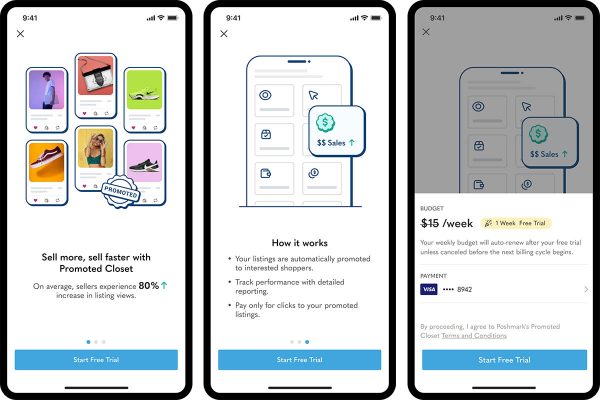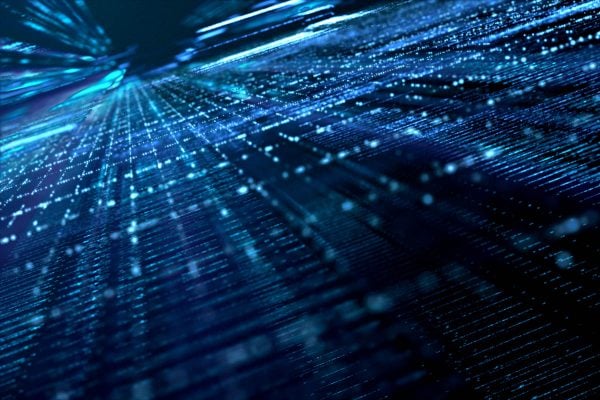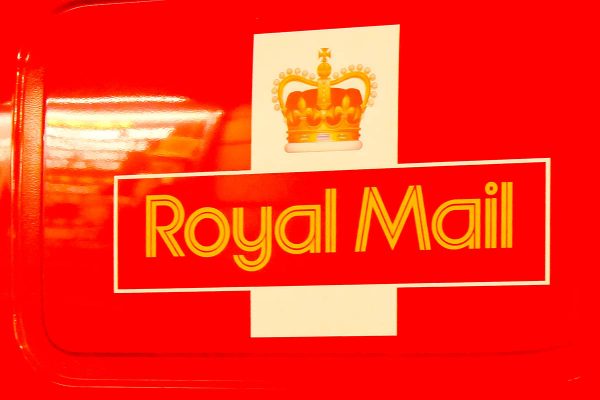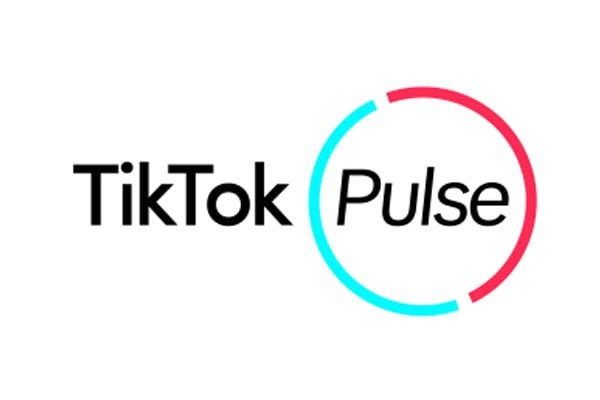As Google seeks to stop sending traffic to Amazon and to turn that into its own shopping traffic, Chris Rowett, Performance Director at Journey Further, takes a look at how Google shopping offers retailers some interesting benefits
Google Shopping has been growing in prominence in the search results, which is no surprise given the attractiveness of the image-based ads and the mobile-friendly experience.
Advertisers have enjoyed the extremely high conversion rates driven by the natural filtration shopping ads deliver. Much like an offline shopping experience, a customer can decide if they like an item (and the price) before the click ever happens.
As the Shopping results have matured, the higher conversion rates have naturally led to higher costs as the market balances out but only recently, Google announced a discount on clicks bought through a different comparison provider within Google Shopping results.
Clearly, Shopping presents a huge opportunity for many digital retailers. But when you take a step back, there’s another reason that brands should be focusing on this channel.
In addition to having high conversion rates because they filter out clicks from disinterested users, the Shopping results are a really good way to attract browsing behaviour from a better qualified audience from higher up the funnel.
The results act as a shop window to your site, attracting in the right type of customer. Normally, non-converting traffic is considered to be of low value, but suddenly with Shopping this traffic is more targeted and so users are more likely to re-engage at a later time, or through a different channel.
When creating attribution models for clients we have noticed that Shopping often works best when viewed on a first click model. This strongly supports the idea that Shopping offers an inspiration-based path to conversion, attracting users to your site for the first time, when ordinarily they may have opted for a different competitor in the market.
Traditional search ads tend to compete on discounts and delivery messages, which are no match for the product desirability you can convey in well-optimised Shopping ads and campaigns.
So how can advertisers capitalise on this opportunity?
The path to Shopping success can be broken down into three steps – build, enhance and optimise.
At the heart of any good Shopping campaign is building an accurate and detailed Shopping feed. Without this, it will be near impossible to compete effectively. This task can be tricky without the right technical expertise, but there’s plenty of specialist third parties who can help. Once the feed is in good shape, building a basic structure using the low, medium and high priority settings, allows advertisers to focus on top performing keywords and also separate brand and non-brand searches.
Secondly, advertisers can drive more clicks and increase conversion rates by enhancing campaigns. What’s crucial here is sharing data and insight from traditional text ad campaigns. How can you tailor product titles and descriptions according to what is performing well in the text ads? Supplemental feeds are helpful here, allowing you to make changes on the fly, without altering the main feed. You can introduce sales messaging like this too.
Finally, how can you differentiate yourself from the competition and optimise effectively? It’s worth thinking about what needs to be conveyed in a Shopping ad that isn’t shown in the image…a premium material or high thread count, for example? All the time bearing in mind that Shopping is a numbers game and there should be a clear correlation between cost per click and return.
Where the optimisation point becomes really interesting is if an advertiser has physical stores as well as ecommerce sites. There are further gains to be had here with store visit tracking showing extremely strong results. The propensity for a user to click on a Shopping result and then visit the actual store is very high.
It’s evident that Google Shopping results are the new shop window, attracting qualified visits to both an advertiser’s website and physical stores, and that capitalising on Shopping offers advertisers value beyond the last click ROI.








2 Responses
at the moment we have a vicious and malicious google review from a buyer we have never dealt with
we have asked google to remove repeatedly yet nothing happens ,
until google stop malicious and wrongful reviews we wont be using google retail